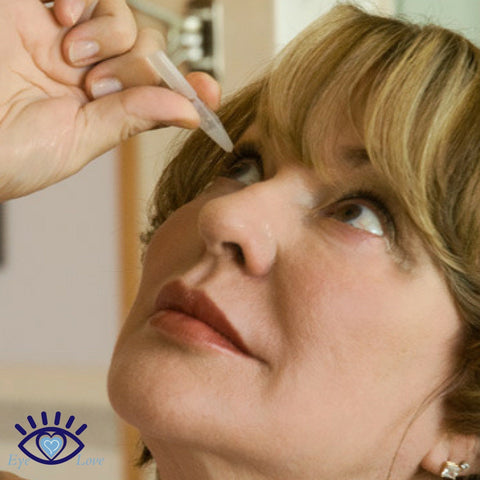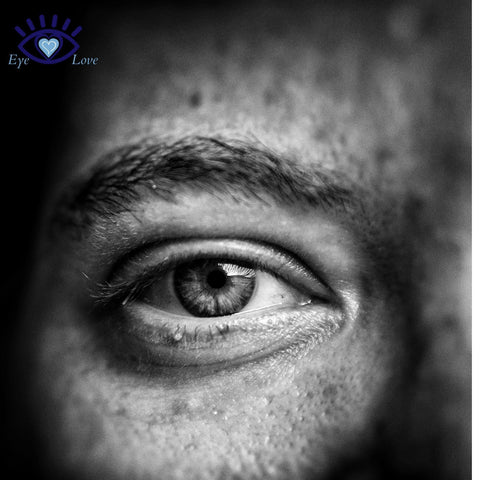Artificial tears Dos and Don’ts
Artificial tears (which you probably just call “eye drops”) are commonly used to treat dry eyes, eyes suffering from allergy or infection, or patients with glaucoma. To use them properly, there are a few simple things to remember.
First, always wash your hands prior to putting eye drops in your eye (or your child’s). It does you no good to use eye drops to solve one problem if you inadvertently create an entirely new problem by introducing a new irritant into the eye. And make sure you don’t touch the dropper tip or eyeball with your hands, as you could introduce a foreign contaminant that would then be transferred to the eye.
Always use a mirror when inserting your eye drops; trying to freehand an eyedrop into your eye creates a completely unnecessary risk that you will scratch your eye with the dropper tip or a fingernail.
Looking in the mirror, pull the lower eyelid down and away from the face, and place a drop (or more, if prescribed) into the gap you’ve created by pulling the eyelid down. Before moving on to the next eye, close the first eye and look around with the eye closed to evenly distribute the drop of medicine around the inside of the eyelid. It may also help to press on the tear duct next to your nose, to keep drops from leaking. Repeat the entire process to medicate the other eye.
Don’t panic if you feel an odd sensation, like you taste the eyedrops or feel them in the back of your throat; the various tubes and sinuses in your head are all interconnected, and it’s not uncommon to feel eye drops in your throat. However, definitely contact a doctor if the eye drops don’t clear up the problem, or - even worse - exacerbate it, since some people don’t find out that they are allergic to their eye drops until after the dose has been delivered. And, of course, don’t mix eyedrops, whether prescription or over-the-counter. Many doctors recommended a thirty-minute break between eyedrops, just to reduce the chance of drug interactions.
If you’re a contact lens wearer, skip wearing your lenses while you are using eye medication, as the lenses can cause the medication to accumulate to an unhealthy concentration. And, obviously, if your vision is blurry due to the illness or the eye drops, it’s a terrible idea to get behind the wheel of a vehicle until the situation resolves.
Do you have a hard time instilling eye drops? Any tips and tricks we can learn from?
One Love,

Dr. Travis Zigler






